Survival Analysis for Epidemiologic and Medical Research
This practical guide to survival data and its analysis for readers with a minimal background in statistics shows why the analytic methods work and how to effectively analyze and interpret epidemiologic and medical survival data with the help of modern computer systems. The introduction presents a review of a variety of statistical methods that are not only key elements of survival analysis but are also central to statistical analysis in general. Techniques such as statistical tests, transformations, confidence intervals, and analytic modeling are presented in the context of survival data but are, in fact, statistical tools that apply to understanding the analysis of many kinds of data. Similarly, discussions of such statistical concepts as bias, confounding, independence, and interaction are presented in the context of survival analysis and also are basic components of a broad range of applications. These topics make up essentially a 'second-year', one-semester biostatistics course in survival analysis concepts and techniques for non-statisticians.
{{comment.content}}
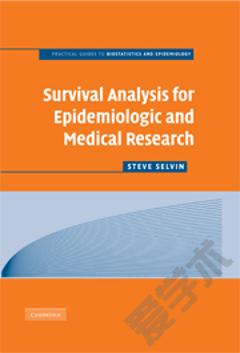

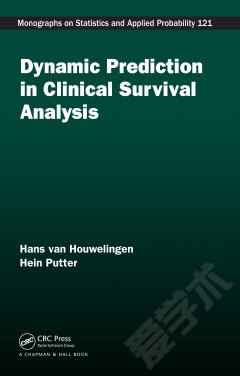

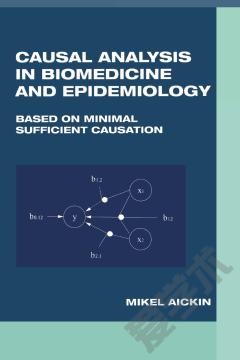
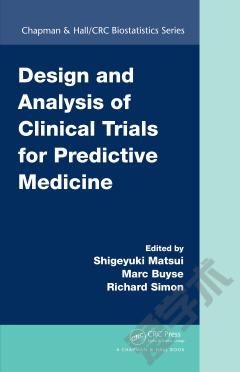
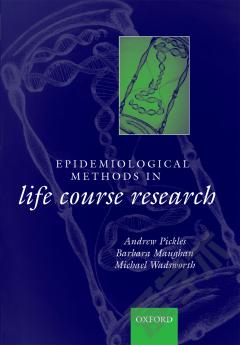

 京公网安备 11010802027623号
京公网安备 11010802027623号